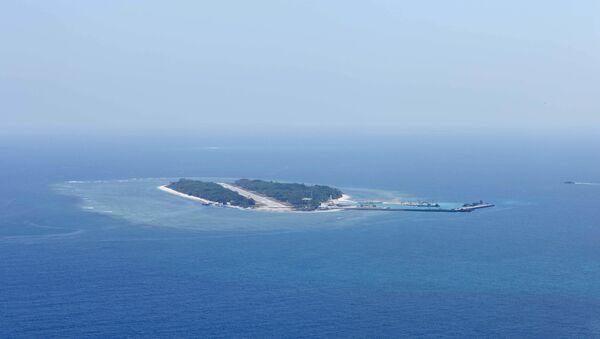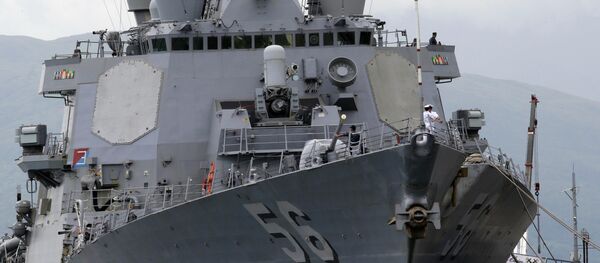Beijing’s construction of airstrips and other buildings in the contested Spratly and Paracel islands has been a major point of contention. While the US and its Pacific allies have accused China of attempting to establish an air defense zone, China maintains it has every right to build within its territory and that the islands will be used for primarily civilian purposes.
The latest construction plans will likely heighten Washington’s concerns.
The Chinese Academy of Sciences’ Institute of Nuclear Energy Safety Technology is seeking to build a unit dubbed a "hedianbao," or "portable nuclear battery pack."
Roughly 6.1 meters long and 2.6 meters high, the "world’s smallest nuclear power plant" will be capable of providing power to roughly 50,000 households. Once operational, the unit could function for decades without refueling.
"Part of our funding came from the military, but we hope – and it’s our ultimate goal – that the technology will eventually benefit civilian users," Professor Huang Qunying, a nuclear scientist involved with the program, according to the South China Morning Post.
These "baby" reactors could be installed in the South China Sea within five years.
The Chinese government has also considered using small, floating power plants to provide electricity for the islands.
To protest China’s land reclamation projects, the US Navy has conducted provocative "freedom of navigation" operations inside of the 12-mile territorial limit of the disputed islands. Beijing has also clashed with Vietnamese fishing and coast guard vessels in the region.
A highly-disputed region through which roughly $5 trillion in international trade passes annually, most of the South China Sea is claimed by China, though there are a number of competing claims by other nations.
While tensions in the region seemed to be calming last month, that prospect was disrupted by recent comments made by US Defense Secretary Ashton Carter.
"[The US] remains the region’s strongest military and security partner of choice," Carter said while aboard the USS Carl Vinson, according to the International Business Times.
He added that the Pentagon plans to "sharpen our military" edge in the Asia-Pacific, claiming it is "the most consequential region for America’s future."





